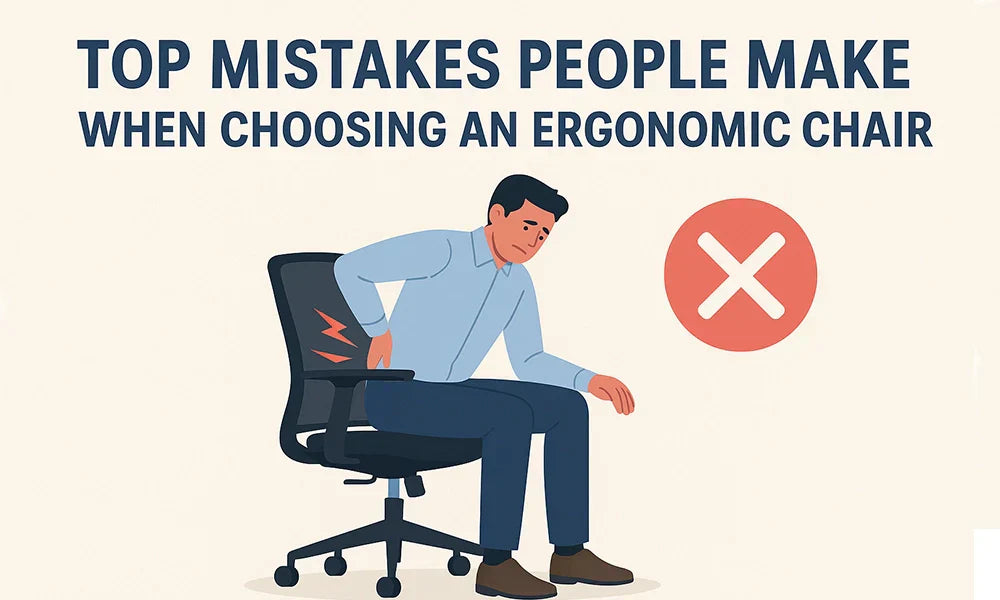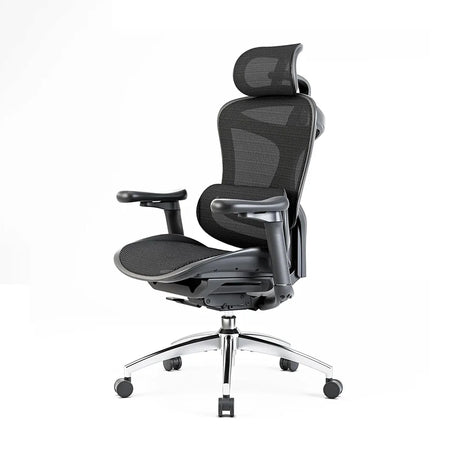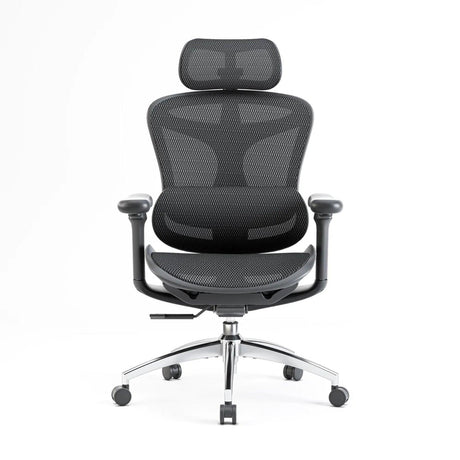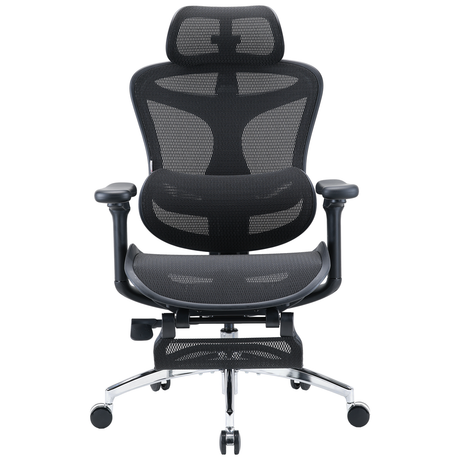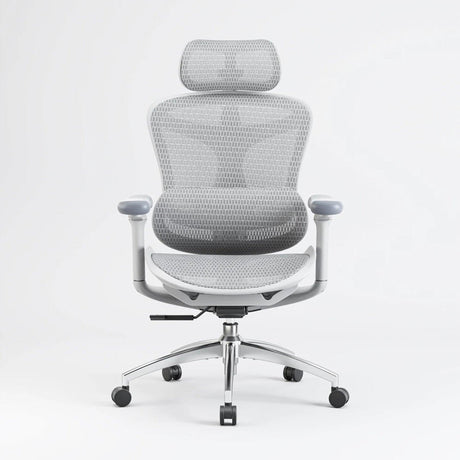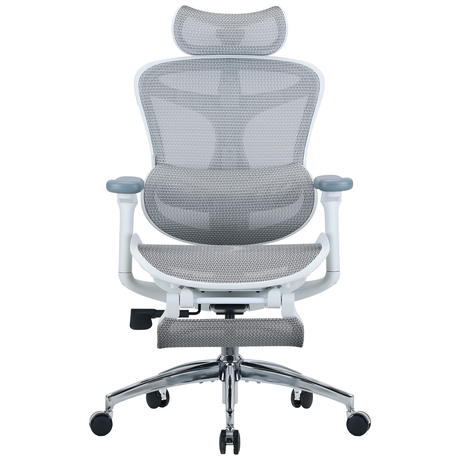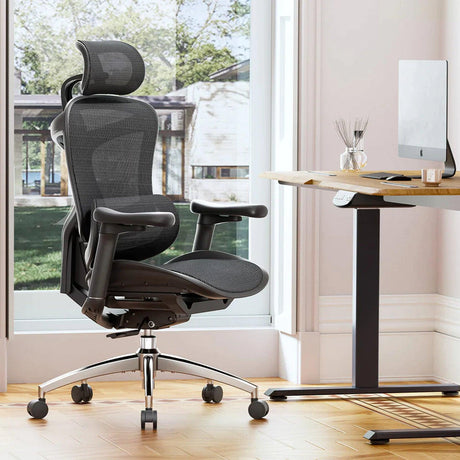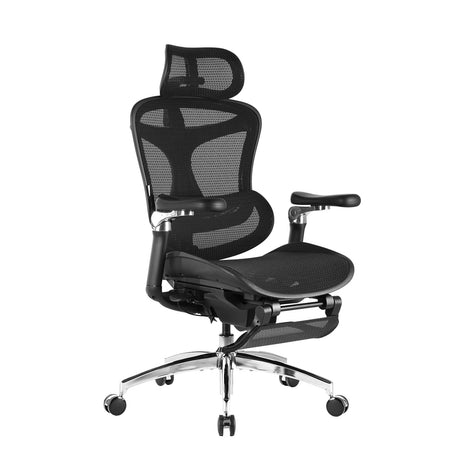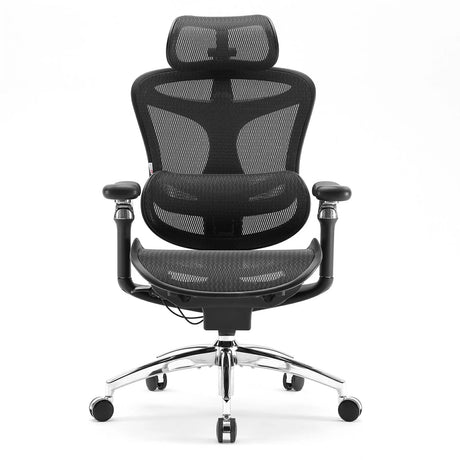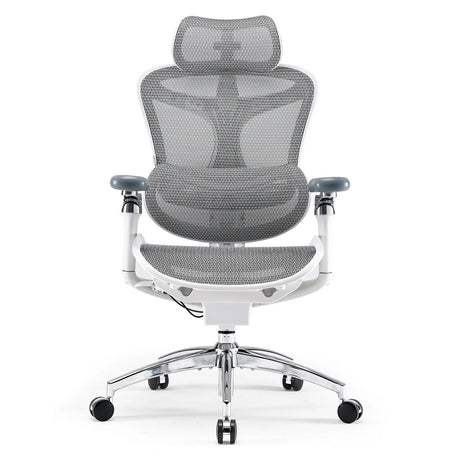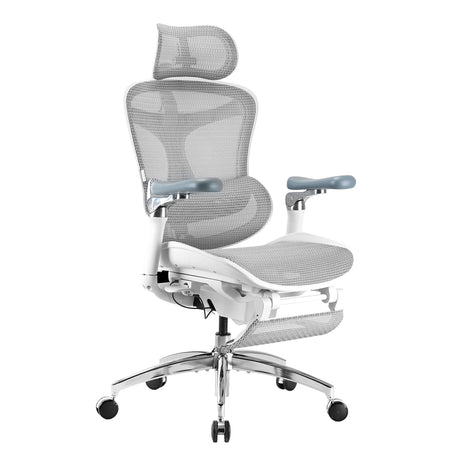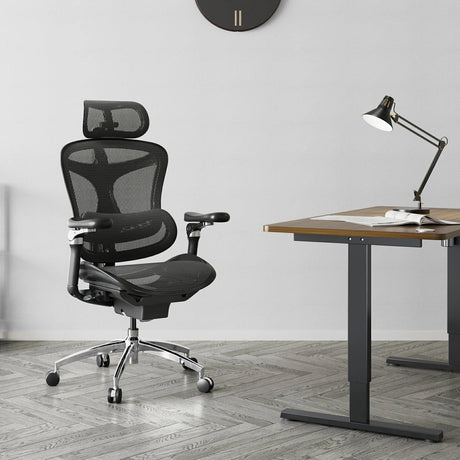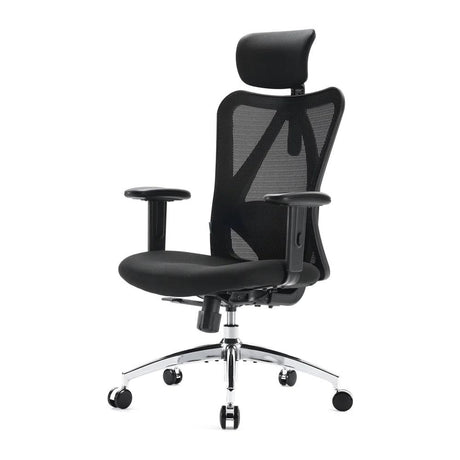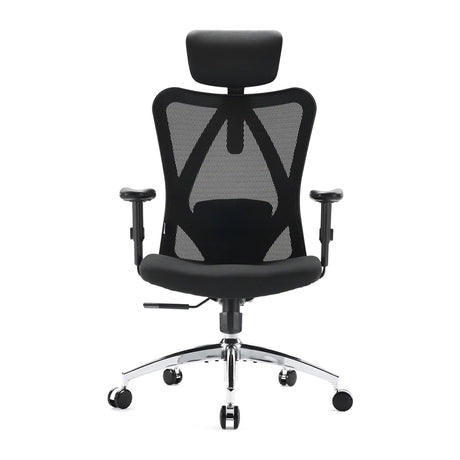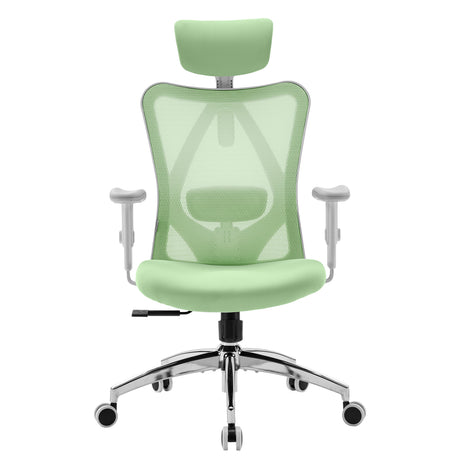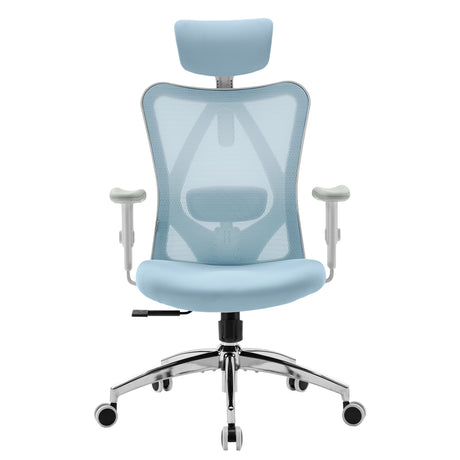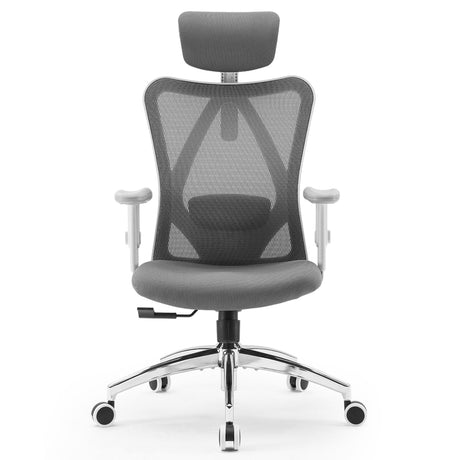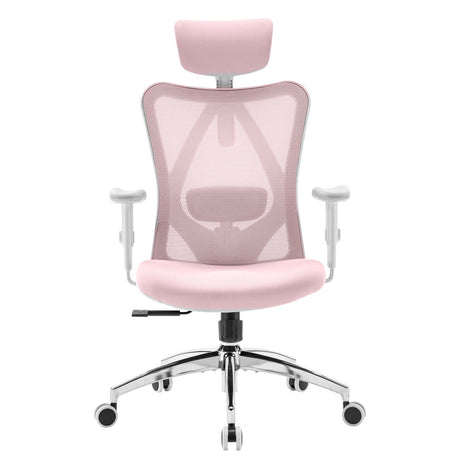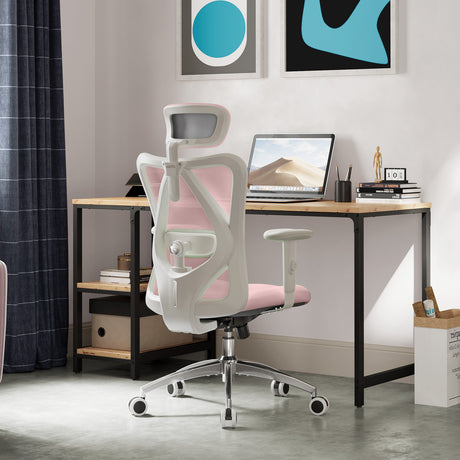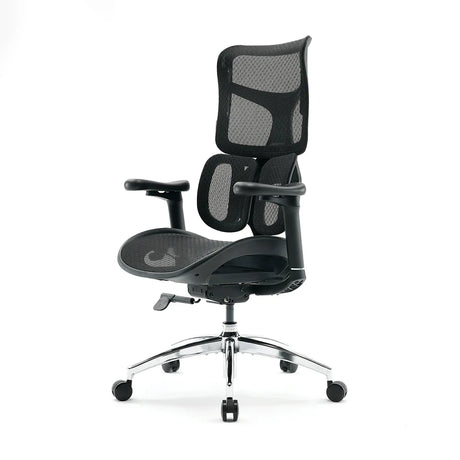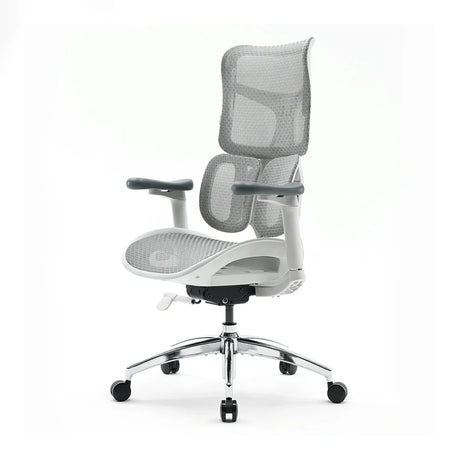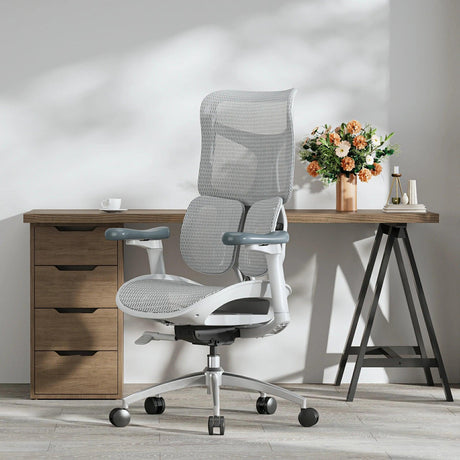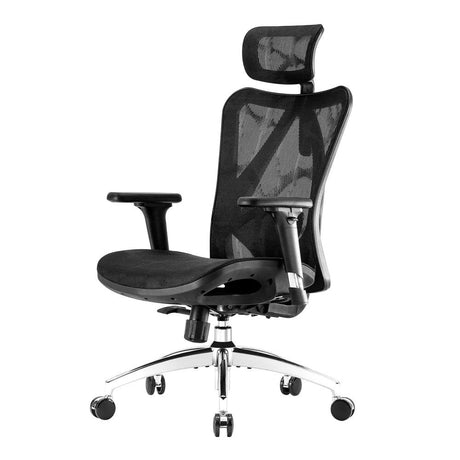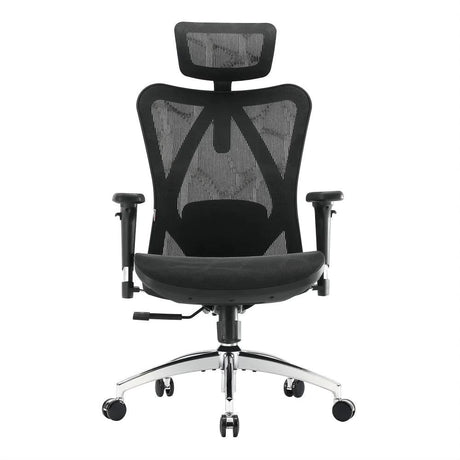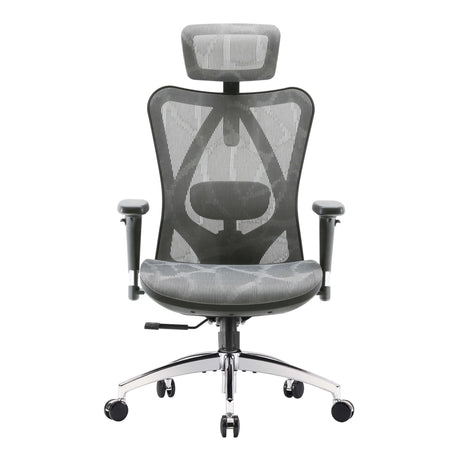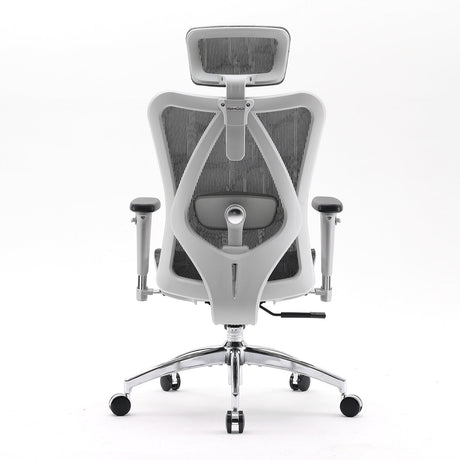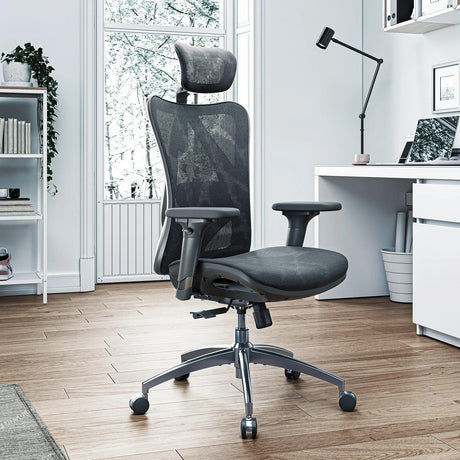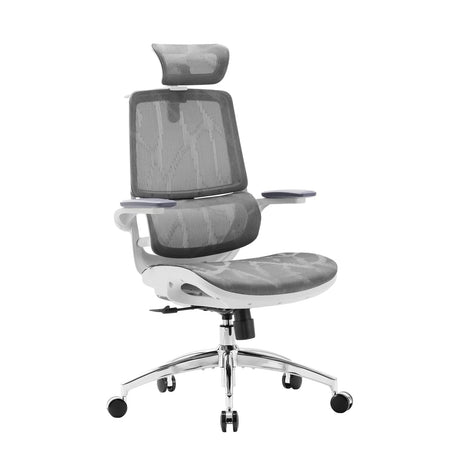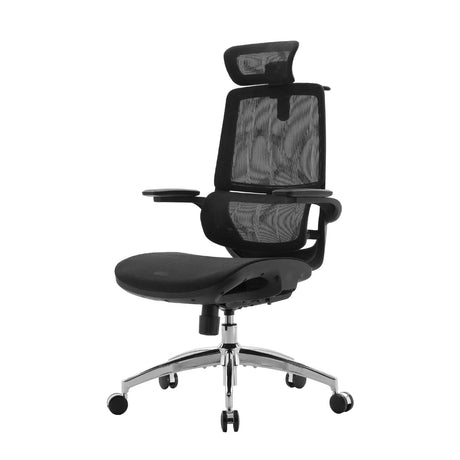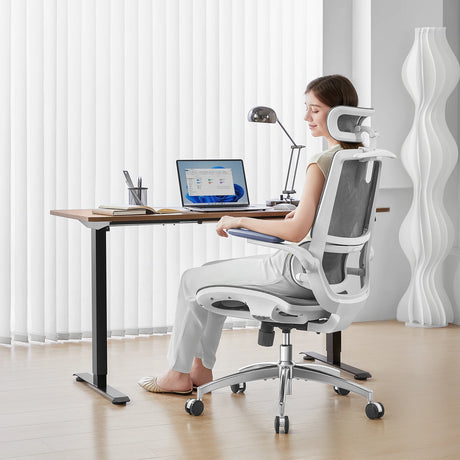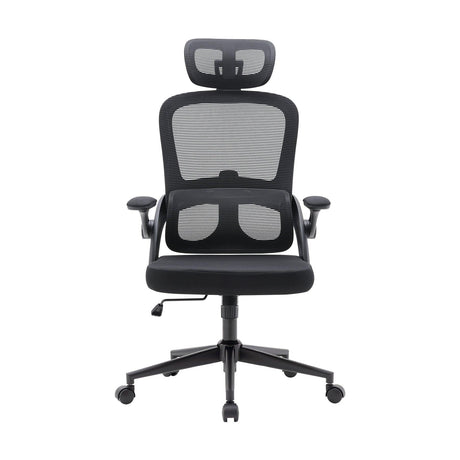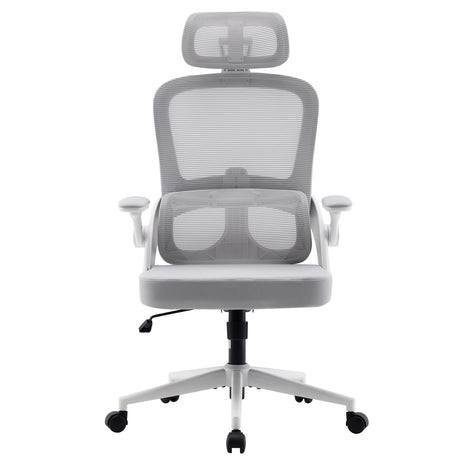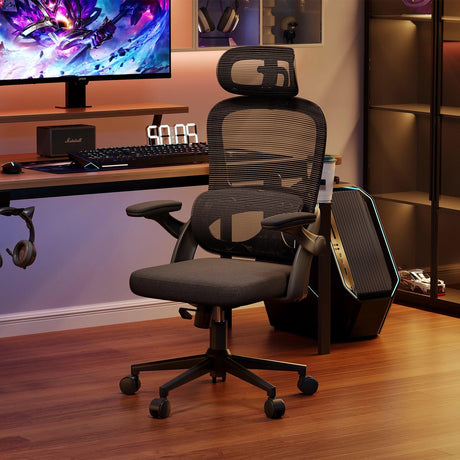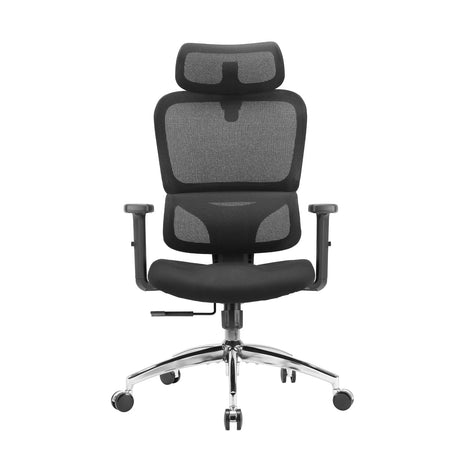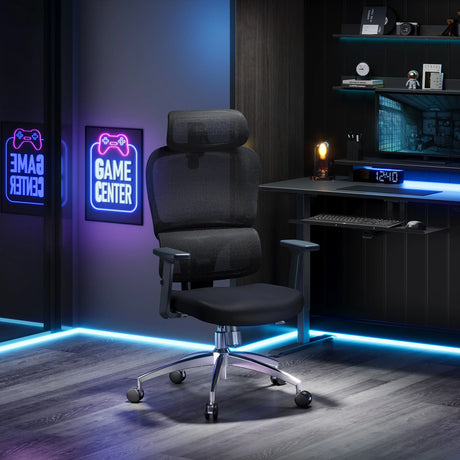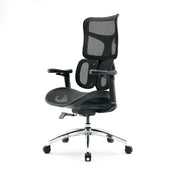In today’s modern working environment, where many people spend long hours seated at a desk, ergonomic chairs are no longer just a luxury — they are a necessity. The right chair can mean the difference between a productive, comfortable workday and a day plagued by back pain, stiffness, and fatigue. However, despite the growing awareness about ergonomics, people often make critical mistakes when selecting an ergonomic chair. These mistakes can undermine the very purpose of buying such a chair and leave users disappointed with their investment.
This article takes an in-depth look at the top mistakes people make when choosing an ergonomic chair, why they happen, and how you can avoid them. By understanding these pitfalls, you’ll be better equipped to choose a chair that truly supports your health, posture, and productivity.
Mistake 1: Prioritizing Price Over Quality
One of the most common mistakes is allowing price to be the single deciding factor. Many people look for the cheapest ergonomic chair available, thinking all ergonomic chairs are essentially the same. Unfortunately, this often leads to disappointment.
Low-cost chairs frequently cut corners on materials, build quality, and adjustability. They may look similar to premium ergonomic chairs but lack the durability and support necessary for long-term use. A cheap chair might be comfortable for a few weeks, but over time, its cushioning compresses, its mechanisms loosen, and it fails to support the body adequately.
How to avoid this mistake:
See your chair as an investment in your health and productivity, not just furniture.
Set a reasonable budget range and prioritize quality and features over initial savings.
Look for warranties, certifications (like BIFMA), and reviews that confirm durability.
Mistake 2: Ignoring Proper Adjustability
Ergonomic chairs are only truly ergonomic if they adapt to your unique body. A common mistake is buying a chair that has limited adjustment options. For example, chairs with fixed armrests, no lumbar adjustment, or a non-adjustable seat depth may not suit everyone.
A chair that doesn’t adjust to your body proportions can create more problems than it solves. Too high or too low a seat height can strain your knees. A backrest that doesn’t support your natural lumbar curve can lead to back pain.
How to avoid this mistake:
Look for adjustability in at least the following areas: seat height, lumbar support, armrests, recline tension, and headrest (if included).
Test whether the chair can comfortably accommodate your leg length, torso height, and work desk setup.
Remember: an “ergonomic” label doesn’t guarantee adjustability — always verify.
Mistake 3: Choosing Style Over Substance
A sleek, stylish chair may look fantastic in your office, but aesthetics should never outweigh function. Many people fall into the trap of choosing a chair because it looks “modern” or “executive” without considering whether it provides the necessary ergonomic support.
Executive-style leather chairs, for instance, often have thick padding but lack proper lumbar adjustments or breathable materials. Mesh chairs can look minimal and modern but may be too rigid if poorly designed.
How to avoid this mistake:
Consider how the chair feels after sitting for at least 30 minutes, not just how it looks.
Evaluate style as a secondary factor — your body won’t thank you for prioritizing appearance over comfort.
Find a balance: it’s possible to choose a chair that complements your office while still being ergonomically sound.
Mistake 4: Overlooking Lumbar Support
The lumbar spine — the lower back — is one of the most vulnerable areas when sitting for long periods. Without proper support, the natural “S” curve of the spine collapses into a “C” shape, leading to slouching, disc pressure, and long-term pain.
Many people buy chairs without lumbar support or assume a fixed lumbar cushion is enough. But lumbar support needs to adjust in height and depth to match different body shapes.
How to avoid this mistake:
Test whether the chair supports your lower back when you sit upright and when you recline.
Look for dynamic lumbar support systems that move with your body.
Avoid chairs where the lumbar cushion feels too rigid, too soft, or placed in the wrong spot.
Mistake 5: Not Considering Seat Depth and Width
Seat depth is often ignored, but it plays a huge role in comfort. A seat that’s too deep will cut off circulation behind your knees, while a seat that’s too shallow won’t support your thighs. Similarly, seat width matters for comfort: too narrow and you feel confined; too wide and the armrests sit awkwardly far apart.
How to avoid this mistake:
Ideally, the seat should allow two to three fingers of space between the back of your knees and the seat edge.
Adjustable seat depth is highly recommended, especially if multiple people will use the chair.
Check whether the seat pan’s contour promotes circulation and evenly distributes pressure.
Mistake 6: Ignoring the Armrests
Armrests might seem like an afterthought, but they are essential for preventing shoulder and neck strain. Many people buy chairs with fixed-height armrests that don’t align with their desk height or their arm length. As a result, they either shrug their shoulders uncomfortably or let their arms dangle unsupported.
How to avoid this mistake:
Choose chairs with adjustable armrests: height, width, depth, and pivoting options (sometimes called 3D or 4D armrests).
Ensure the armrests allow your elbows to rest at a 90-degree angle while typing.
Consider whether the armrests are padded enough for comfort but not so wide they hinder you from pulling close to the desk.
Mistake 7: Overlooking Recline and Tilt Mechanisms
Reclining is not just about comfort — it’s an ergonomic necessity. Leaning back occasionally relieves spinal pressure and promotes circulation. Unfortunately, many people choose chairs with limited recline ranges or poor tilt tension.
Some chairs lock only in one or two positions, while others don’t allow smooth reclining. This leads to static sitting, which can cause discomfort and stiffness.
How to avoid this mistake:
Look for a synchro-tilt or dynamic recline mechanism that moves naturally with your body.
Test how easy it is to recline and whether the backrest provides continuous support as you move.
Ensure the recline tension can be adjusted to your body weight.
Mistake 8: Forgetting About Head and Neck Support
Headrests are not mandatory for everyone, but if you spend long hours reading, leaning back, or taking breaks in your chair, proper neck support becomes critical. Many people overlook this feature or assume any headrest will do.
A poorly positioned headrest can push your head forward unnaturally, creating more strain than relief.
How to avoid this mistake:
If you want a headrest, look for one that is height- and angle-adjustable.
Test whether the headrest supports the base of your skull comfortably when you recline.
Avoid static headrests that only suit one body type.
Mistake 9: Ignoring Breathability and Materials
Material choice is often underestimated. Some people prefer leather for its premium look but later regret it when they feel overheated after long sitting sessions. Others choose low-quality mesh that sags or causes discomfort.
The wrong material can compromise both comfort and durability.
How to avoid this mistake:
For hot climates, breathable mesh is often ideal, provided it is high quality and supportive.
For cooler climates or those who prefer plush comfort, fabric or hybrid designs may work better.
Avoid materials that are hard to clean or wear down quickly under daily use.
Mistake 10: Failing to Consider Body Type and Usage
No single chair is universally perfect. A chair that suits a tall person may be uncomfortable for someone petite. Similarly, a chair meant for occasional home use may not withstand the demands of 8+ hours daily in an office.
Many people forget to align their choice with their body type and usage patterns.
How to avoid this mistake:
Check weight capacity and recommended user height ranges before buying.
If you are shorter or taller than average, look for chairs with customizable seat depth and height ranges.
Match the chair to your usage: occasional, daily office work, gaming, or creative design tasks.
Mistake 11: Not Testing the Chair Before Buying
Buying an ergonomic chair online without testing is convenient, but it’s risky. Comfort is highly subjective, and what works for one person may not work for another.
Many people skip trying the chair in person or fail to check the return policy, only to regret it later.
How to avoid this mistake:
If possible, visit a showroom to test the chair.
If buying online, ensure the retailer offers a risk-free trial or easy returns.
Sit in the chair for at least 15–30 minutes before deciding if it’s right for you.
Mistake 12: Ignoring Warranty and Support
An ergonomic chair is a long-term investment. Yet, many people overlook warranty coverage, after-sales support, and replacement part availability. A poorly supported product can leave you stuck if something breaks.
How to avoid this mistake:
Look for warranties that cover at least 3–5 years. Premium chairs often provide 10 years or more.
Research the brand’s reputation for customer service.
Check if parts like casters, cylinders, and armrests are replaceable.
Mistake 13: Believing “One Size Fits All”
Finally, one of the biggest misconceptions is assuming that a chair marketed as “ergonomic” will fit anyone. Ergonomics is personal. Body shapes, sitting habits, and desk setups vary widely, so one-size-fits-all rarely works.
How to avoid this mistake:
Take measurements of your body (height, leg length, torso length) and compare them with the chair’s specifications.
Consider adjustable models that adapt to a wide range of users.
Accept that the perfect chair for your colleague or friend may not be the perfect one for you.
Conclusion
Choosing an ergonomic chair is not as simple as picking the first one labeled “ergonomic” or the one that looks nicest in your office. The wrong choice can lead to discomfort, wasted money, and even long-term health issues.
By avoiding the common mistakes outlined above — from prioritizing price over quality, to ignoring adjustability, lumbar support, and fit — you can make a more informed decision. An ergonomic chair should be a tool that enhances your well-being and productivity, not just another piece of office furniture. \
When you take the time to evaluate your needs, test different options, and focus on features that truly matter, you’ll find a chair that feels like an extension of your body. And once you do, every workday becomes easier, healthier, and far more comfortable.
